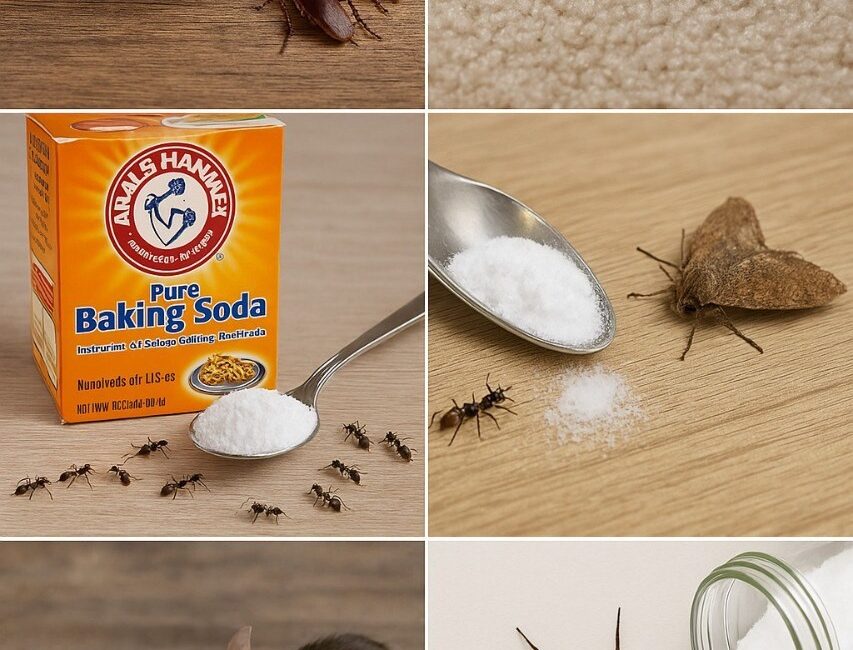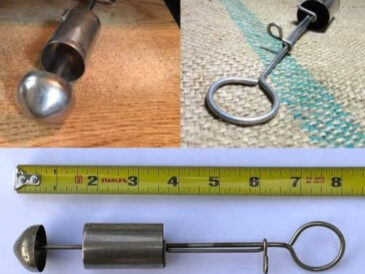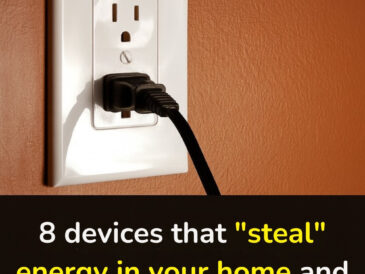How to Use Baking Soda for Ant Control
Ants are social insects that forage for food in your home, often invading kitchens, pantries, and other areas where food is accessible. Different species require slightly different approaches, but baking soda can be an effective deterrent and killer for many common household ants.
Step-by-Step Guide:
Ingredients:
- Baking soda
- Powdered sugar or powdered peanut butter (to attract ants)
- Water (optional)
Instructions:
- Create an ant bait: Mix baking soda with powdered sugar or peanut butter to make an attractive bait.
- Place bait stations: Spoon small amounts of this mixture onto cardboard or shallow dishes and place them near ant trails, entry points, and nests.
- Allow ants to feed: The ants will carry the bait back to their colony, killing the queen and other ants.
- Repeat as necessary: Continue placing fresh bait until ant activity diminishes.
Additional Ant Control Tips:
- Keep your kitchen clean, wiping counters and sweeping floors regularly.
- Seal cracks and entry points where ants enter.
- Use baking soda along baseboards or as a powder barrier near doors and windows.
Why This Works
Baking soda interferes with the ant’s digestive system after ingestion, causing their death. The sugar or peanut butter lures the ants to the bait, increasing effectiveness.
Using Baking Soda to Get Rid of Moths
Clothes moths and pantry moths are common household pests that damage fabrics and contaminate food.
How to Use Baking Soda Against Moths
Ingredients:
- Baking soda
- Essential oils (optional, such as lavender or cedarwood)
Instructions:
- Treat storage areas: Sprinkle baking soda in closets, drawers, and storage boxes where moths and larvae may reside.
- Mix with essential oils: Add a few drops of moth-repelling essential oils like lavender or cedarwood to the baking soda to enhance moth deterrence.
- Shake fabrics: Regularly shake or air out clothes and blankets to disrupt moth larvae.
- Vacuum storage areas: Clean storage spaces thoroughly and sprinkle baking soda afterward.
Why This Works
Baking soda dehydrates moth larvae and eggs, helping break their life cycle. The addition of essential oils provides a natural repellent effect, reducing moth attraction.
How to Use Baking Soda for Mice and Rats
Rodents such as mice and rats are notorious for damaging homes, contaminating food, and spreading disease. While baking soda is less directly lethal to rodents than to insects, it still has properties that can help control and deter these pests.
Method 1: Baking Soda as a Deterrent
- Sprinkle baking soda in rodent-prone areas: Areas like attics, basements, and along walls can be dusted lightly with baking soda.
- Combine with peppermint oil: Peppermint oil is a natural rodent repellent. Mix peppermint oil with baking soda and spread in problem areas.
- Seal food sources: Keep all food sealed in airtight containers to reduce attraction.
Method 2: Baking Soda in Homemade Rodent Bait
- Mix baking soda with sugar and flour to create a bait.
- Place the bait in shallow dishes near rodent paths.
- Rodents consume the mixture, and the baking soda may cause internal discomfort.
Why This Works
Baking soda’s abrasive nature and reaction with stomach acids can harm rodents, but its primary use is as a deterrent. Combining it with strong-smelling essential oils enhances its effectiveness by repelling these pests.
Using Baking Soda to Combat Spiders
Spiders often enter homes seeking shelter and food. Though beneficial for controlling other insects, their presence can be unwelcome and frightening.
Step-by-Step Baking Soda Spider Control
- Sprinkle baking soda in spider-prone areas: Focus on corners, window sills, basements, and garages.
- Clean regularly: Remove webs and egg sacs to prevent re-infestation.
- Use a mixture with vinegar: Spray a solution of baking soda and vinegar in spider webs to disrupt their habitat.
- Seal cracks and gaps: Prevent spider entry by sealing gaps in doors and windows.
Why This Works
Baking soda irritates spiders and can disrupt their webs and egg sacs. Combined with vinegar or essential oils like eucalyptus, it deters spiders naturally.
Additional Tips for Using Baking Soda Effectively in Pest Control
- Combine with other natural ingredients: Baking soda works well alongside sugar, salt, essential oils, boric acid, and vinegar.
- Keep the environment clean: Pest control is always more effective when combined with good sanitation practices.
- Avoid moisture: Baking soda’s effectiveness diminishes in wet or humid environments.
- Safety first: Although baking soda is safe, avoid overuse around pets that may ingest large quantities.
Conclusion
Baking soda is a cost-effective, non-toxic, and versatile tool in the fight against common household pests such as cockroaches, fleas, ants, moths, mice/rats, and spiders. By understanding the specific needs and behaviors of each pest, you can tailor your baking soda treatments to maximize results.
From homemade baits and powders to sprays and repellent mixtures, baking soda offers a natural, environmentally friendly alternative to chemical pesticides. Regular application, combined with preventive measures such as sealing entry points nd maintaining cleanliness, will help you maintain a pest-free home safely and efficiently.




